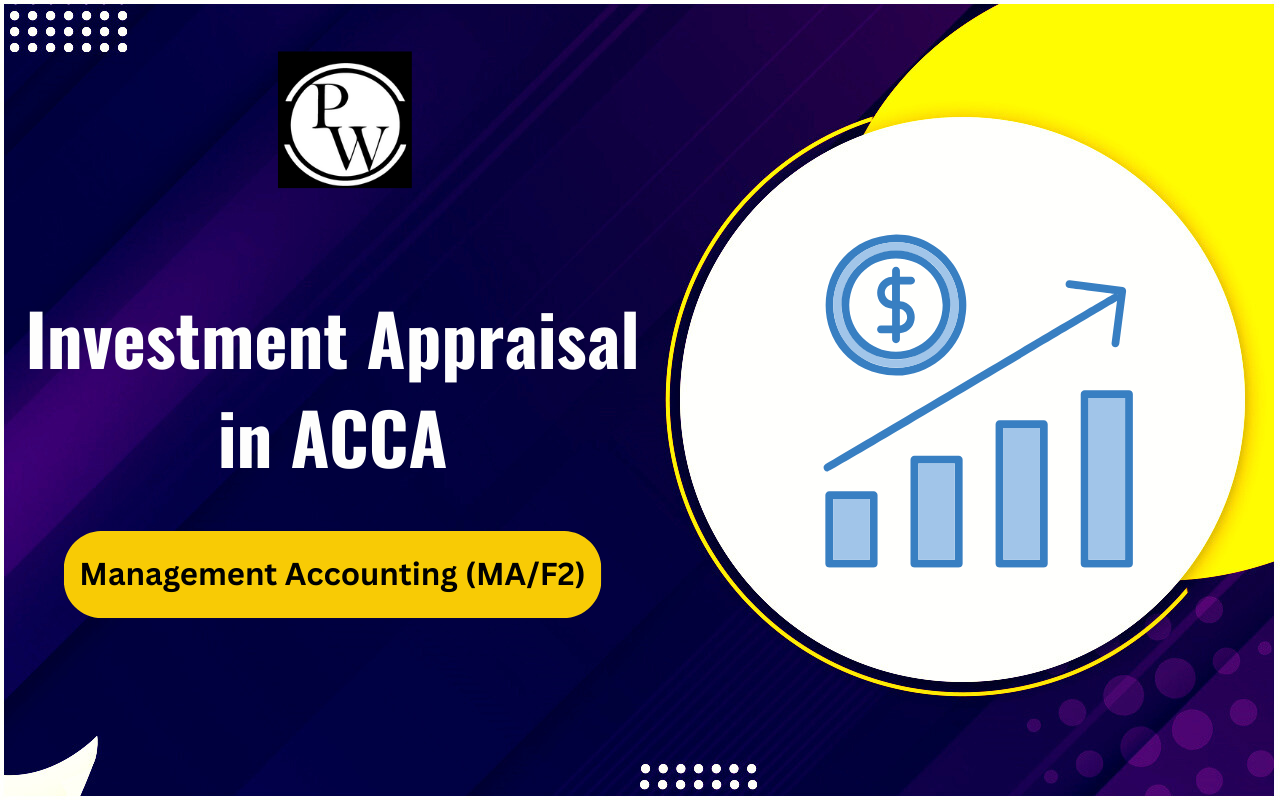
An Effective Risk Assessment not only helps identify potential threats but also allows businesses to prepare for uncertainties. For CA students, mastering this process is essential, as it can significantly impact financial decision-making and strategic planning. By following the steps outlined in this article, you will learn how to conduct an effective risk assessment that can safeguard your future career and ensure your success in the CA Exams .
What Is Risk Assessment?
Risk assessment is a systematic process of identifying, analyzing, and evaluating risks that could potentially affect an organization’s operations. It involves assessing the likelihood of adverse events and their possible impact on business objectives. By conducting an Effective Risk Assessment, organizations can pinpoint vulnerabilities, prioritize risks, and develop strategies to mitigate them. This process is vital for compliance, operational efficiency, and safeguarding assets. For CA students, understanding risk assessment is particularly important, as it forms the backbone of financial management and strategic planning in various sectors.Importance of Effective Risk Assessment
An Effective Risk Assessment is not just a regulatory requirement; it’s a strategic necessity. By identifying risks early, businesses can implement preventive measures, thus avoiding potential losses. This proactive approach fosters a culture of safety and accountability, enhancing organizational resilience. For CA students, recognizing the importance of risk assessment means understanding how it influences financial stability, regulatory compliance, and stakeholder confidence. Moreover, it prepares students for real-world challenges, ensuring they are equipped to make informed decisions that positively impact their future employers.Also Read: Role of Technology in Modern Accounting
How to Conduct Effective Risk Assessment?
Conducting an Effective Risk Assessment involves a structured approach that ensures thorough evaluation and management of potential risks. This process can be broken down into several key steps:1. Identify Risks
The first step is to identify all possible risks that could impact the organization. This involves a comprehensive examination of various areas such as financial, operational, strategic, and compliance risks. Engaging with stakeholders, conducting brainstorming sessions, and reviewing past incidents can help in uncovering potential threats. Utilizing tools such as risk checklists and conducting interviews with employees can also provide valuable insights.2. Analyze Risks
Once the risks are identified, the next step is to analyze them to understand their nature and potential impact. This involves assessing the likelihood of each risk occurring and the potential consequences it may have on the organization. Qualitative methods, such as expert judgment and scenario analysis, can be used alongside quantitative methods like statistical analysis and probabilistic modeling. Tools such as risk matrices can help visualize the severity and prioritize the risks based on their impact and likelihood.3. Evaluate Risks
After analyzing the risks, it's crucial to evaluate and prioritize them. This step involves determining which risks require immediate attention and which ones can be monitored over time. Risks are often categorized based on their severity, with high-priority risks being those that pose significant threats to the organization’s objectives. This prioritization helps in allocating resources effectively and ensures that critical risks are addressed promptly.4. Develop Mitigation Strategies
Developing effective mitigation strategies is the next step. For each high-priority risk, specific actions need to be devised to either reduce the likelihood of the risk occurring or minimize its impact if it does occur. This can include implementing new controls, revising existing processes, transferring risk through insurance, or even avoiding certain risky activities altogether. It’s essential to ensure that these strategies are feasible and aligned with the organization’s resources and capabilities.5. Monitor and Review
Risk assessment is not a one-time activity but an ongoing process. Regular monitoring and review of the risks and mitigation strategies are essential to ensure their effectiveness. This involves continuously tracking the identified risks, assessing the effectiveness of the implemented strategies, and making necessary adjustments. Periodic reviews should be conducted to account for any changes in the internal and external environment that might affect the risk landscape. By following these steps, CA students can develop the skills necessary for performing an Effective Risk Assessment in their future careers. Understanding this process will not only aid in passing the CA exams but will also prepare them for roles that require critical thinking and decision-making. Ready to ace your CA exams? Enroll in PW CA Courses today and gain the skills needed for a successful career in accounting and finance!| Also Check | |
| Business Accounting | Difference Between Accounting and Financial Management |
| Inventories | Economic Environment of Business |
| Wealth Management | Journal in Accounting |
Steps to Conduct an Effective Risk Assessment FAQs
What is the purpose of a risk assessment?
The purpose of a risk assessment is to identify and evaluate potential risks that could negatively affect an organization’s operations and objectives.
How often should risk assessments be conducted?
Risk assessments should be conducted regularly, especially when there are significant changes in the organization or its environment.
What are the key components of an effective risk assessment?
The key components include risk identification, analysis, evaluation, mitigation strategies, and monitoring.
Why is it important for CA students to learn about risk assessment?
Understanding risk assessment helps CA students make informed financial decisions and enhances their ability to manage risks in real-world scenarios.
Talk to a counsellorHave doubts? Our support team will be happy to assist you!

Check out these Related Articles
Free Learning Resources
PW Books
Notes (Class 10-12)
PW Study Materials
Notes (Class 6-9)
Ncert Solutions
Govt Exams
Class 6th to 12th Online Courses
Govt Job Exams Courses
UPSC Coaching
Defence Exam Coaching
Gate Exam Coaching
Other Exams
Know about Physics Wallah
Physics Wallah is an Indian edtech platform that provides accessible & comprehensive learning experiences to students from Class 6th to postgraduate level. We also provide extensive NCERT solutions, sample paper, NEET, JEE Mains, BITSAT previous year papers & more such resources to students. Physics Wallah also caters to over 3.5 million registered students and over 78 lakh+ Youtube subscribers with 4.8 rating on its app.
We Stand Out because
We provide students with intensive courses with India’s qualified & experienced faculties & mentors. PW strives to make the learning experience comprehensive and accessible for students of all sections of society. We believe in empowering every single student who couldn't dream of a good career in engineering and medical field earlier.
Our Key Focus Areas
Physics Wallah's main focus is to make the learning experience as economical as possible for all students. With our affordable courses like Lakshya, Udaan and Arjuna and many others, we have been able to provide a platform for lakhs of aspirants. From providing Chemistry, Maths, Physics formula to giving e-books of eminent authors like RD Sharma, RS Aggarwal and Lakhmir Singh, PW focuses on every single student's need for preparation.
What Makes Us Different
Physics Wallah strives to develop a comprehensive pedagogical structure for students, where they get a state-of-the-art learning experience with study material and resources. Apart from catering students preparing for JEE Mains and NEET, PW also provides study material for each state board like Uttar Pradesh, Bihar, and others
Copyright © 2025 Physicswallah Limited All rights reserved.
Get App









